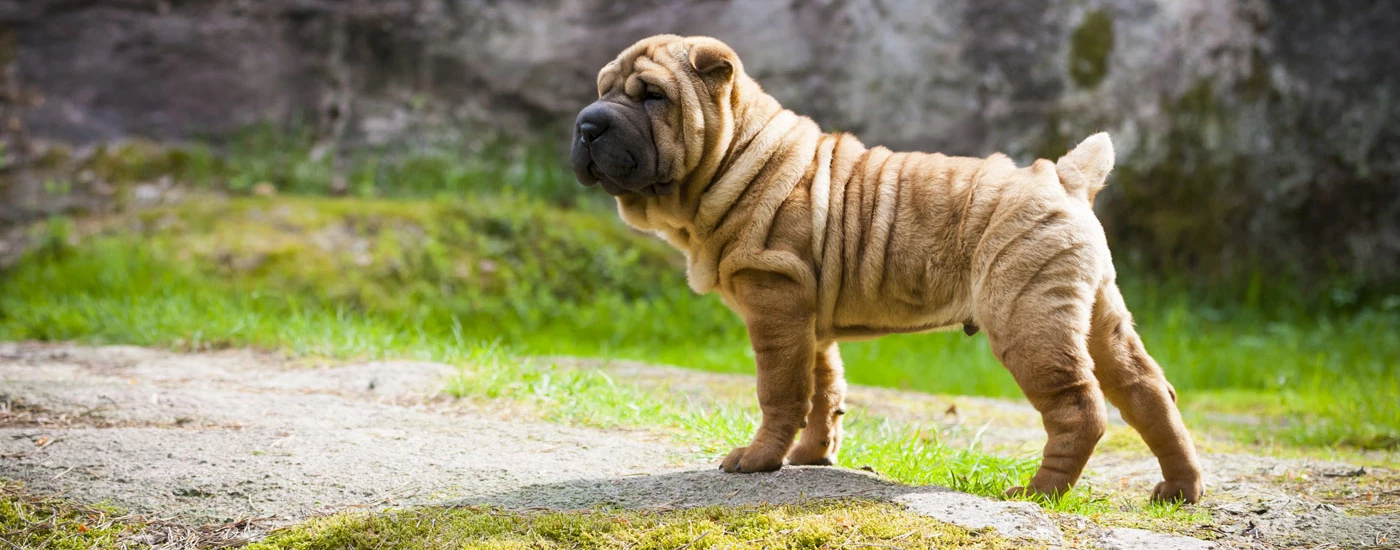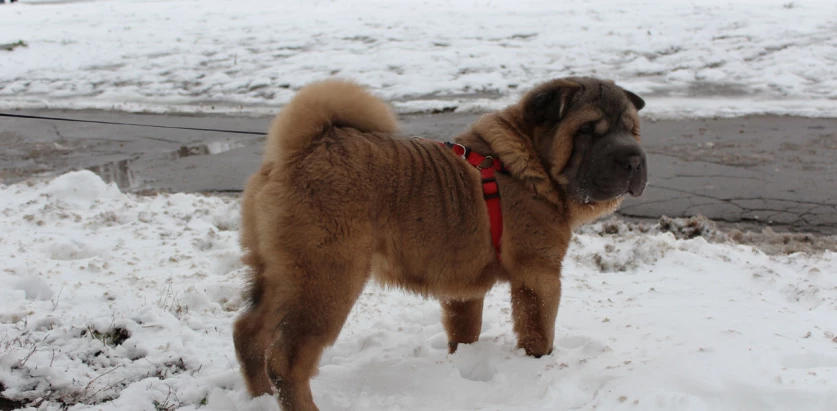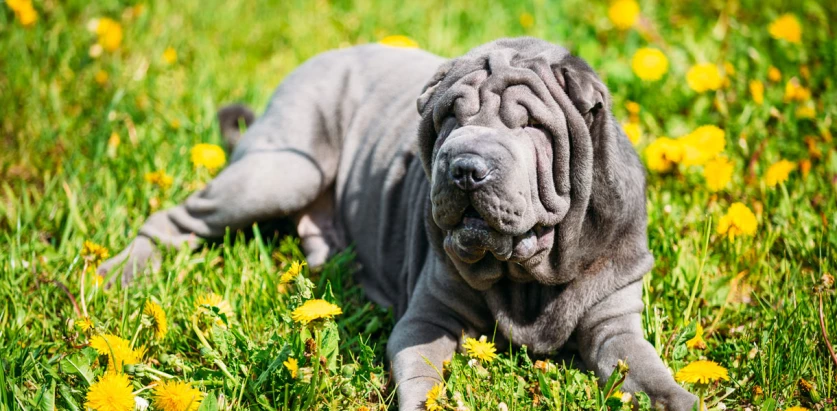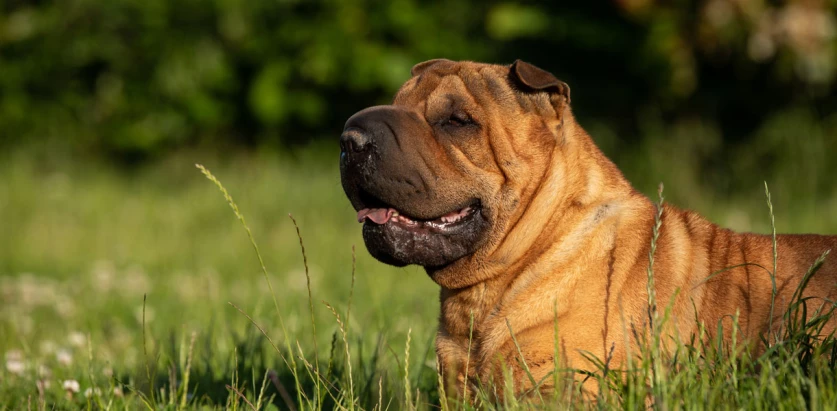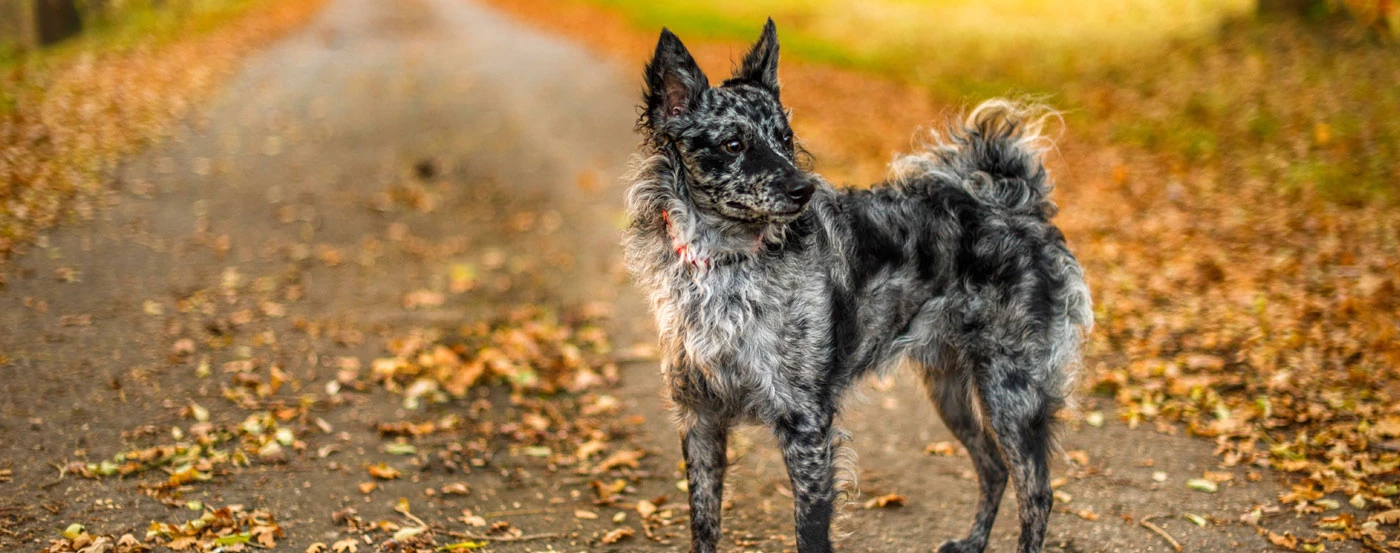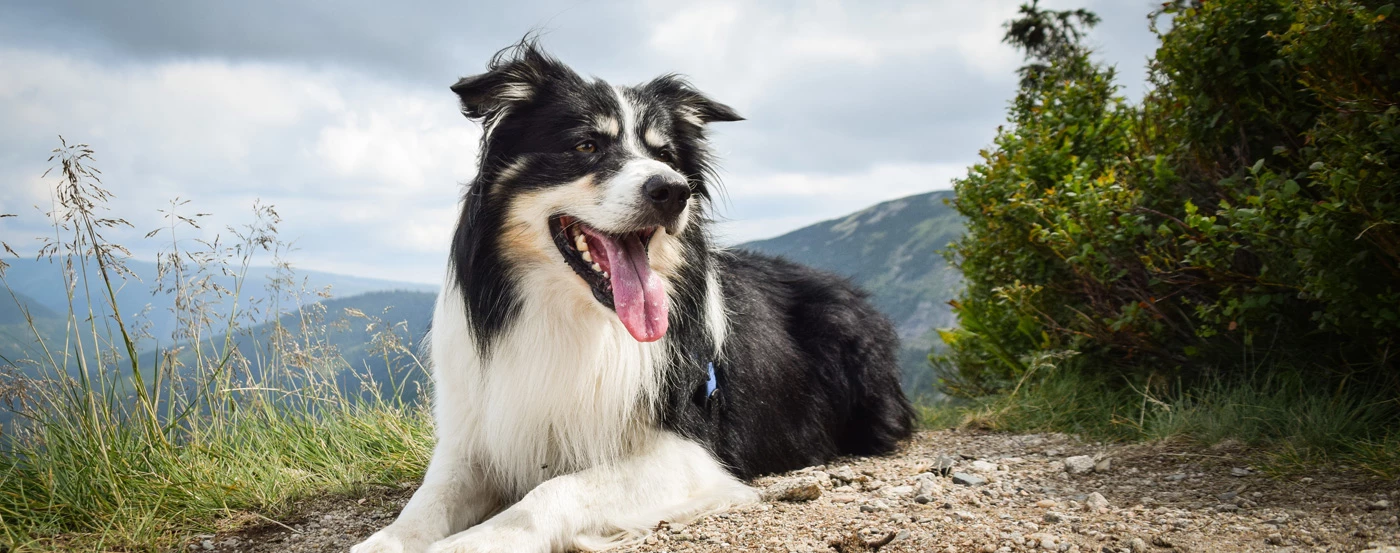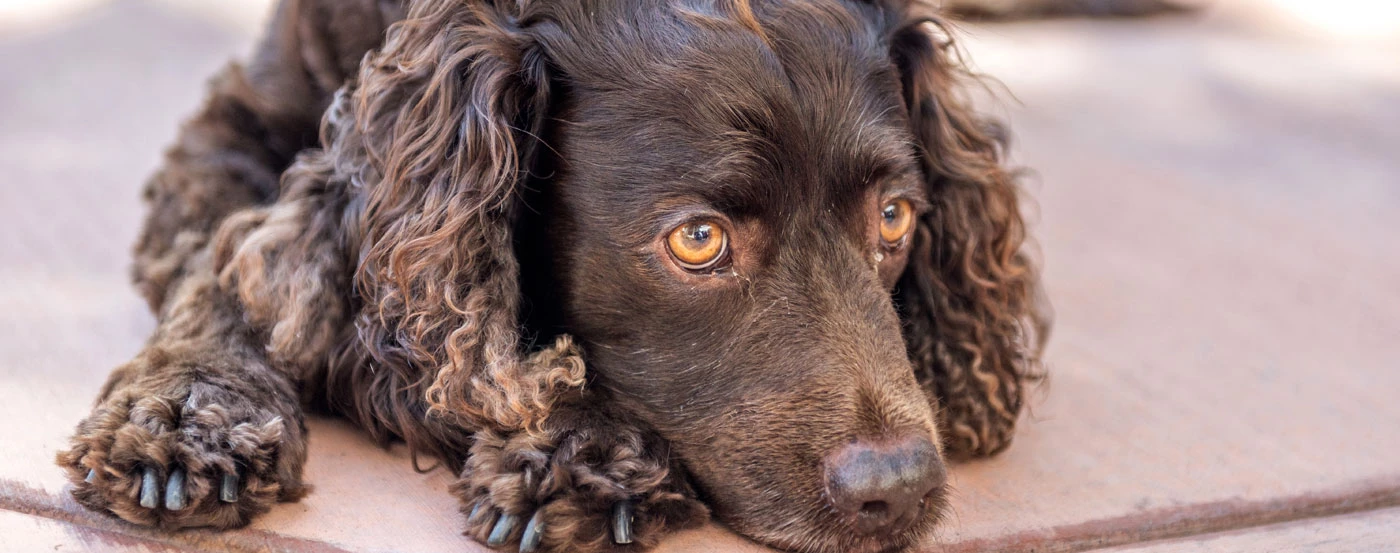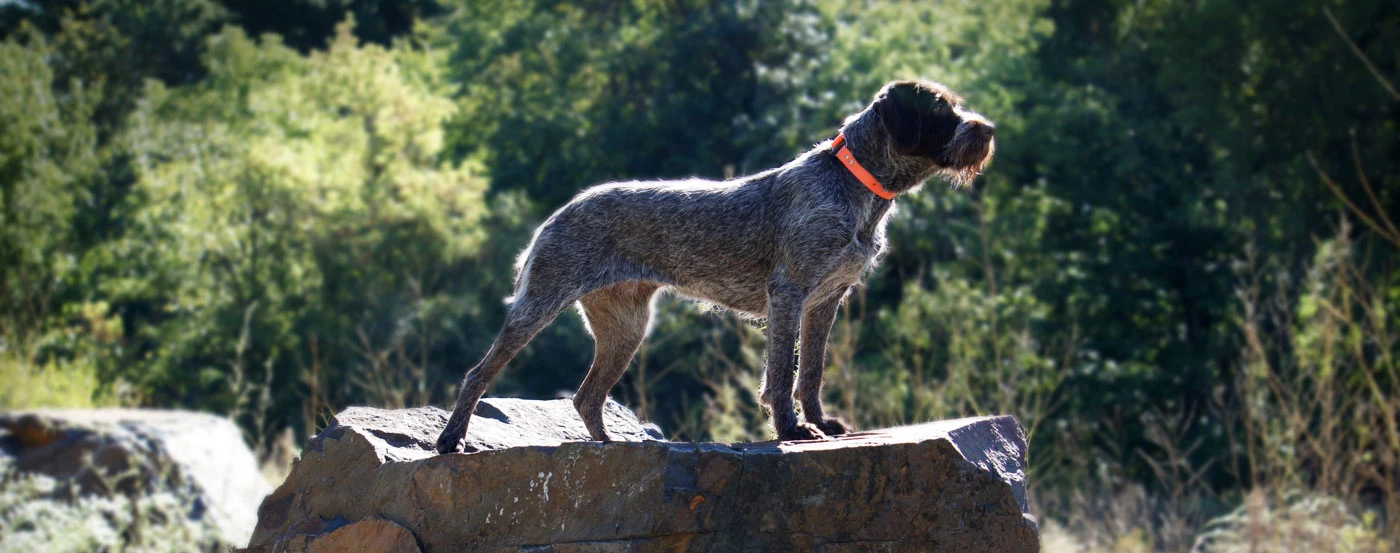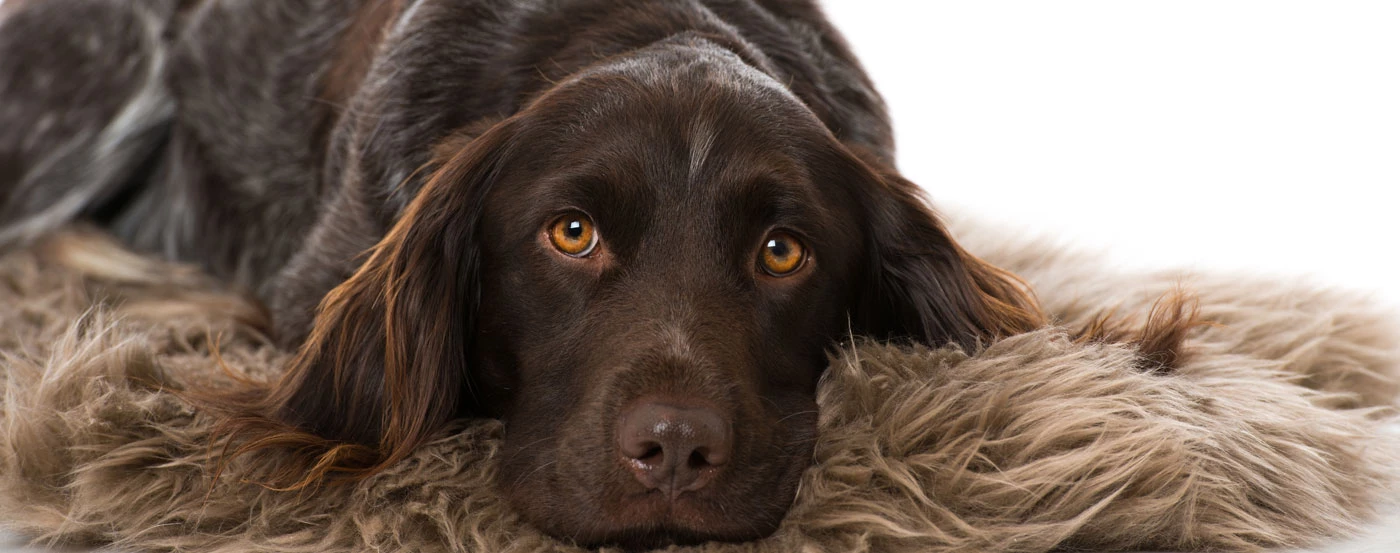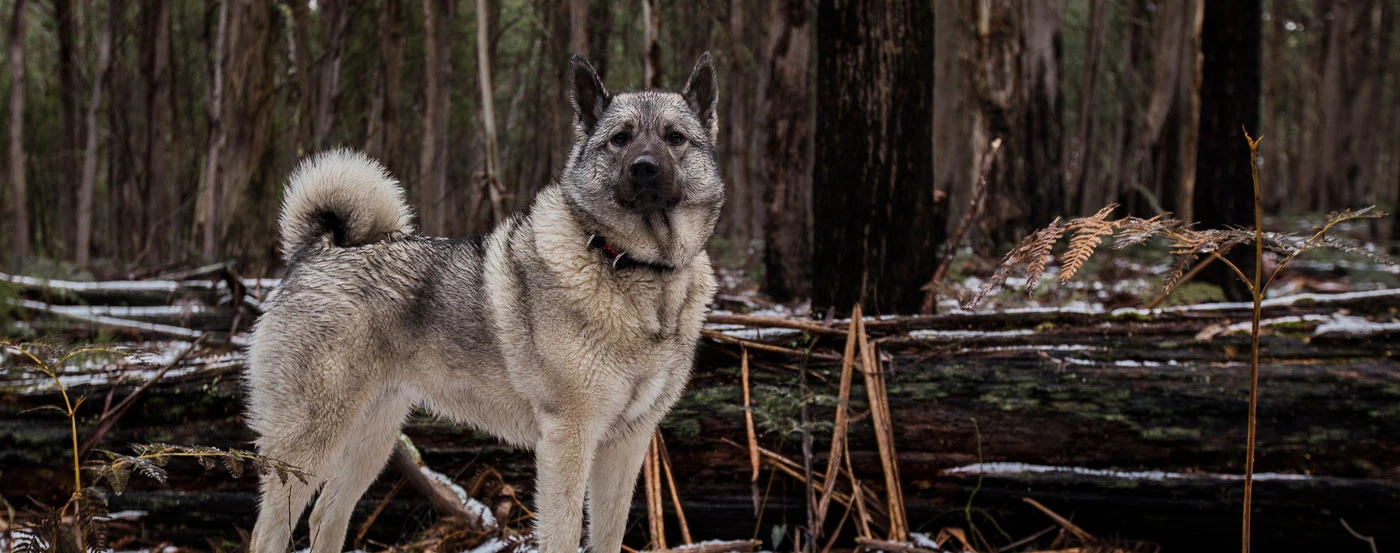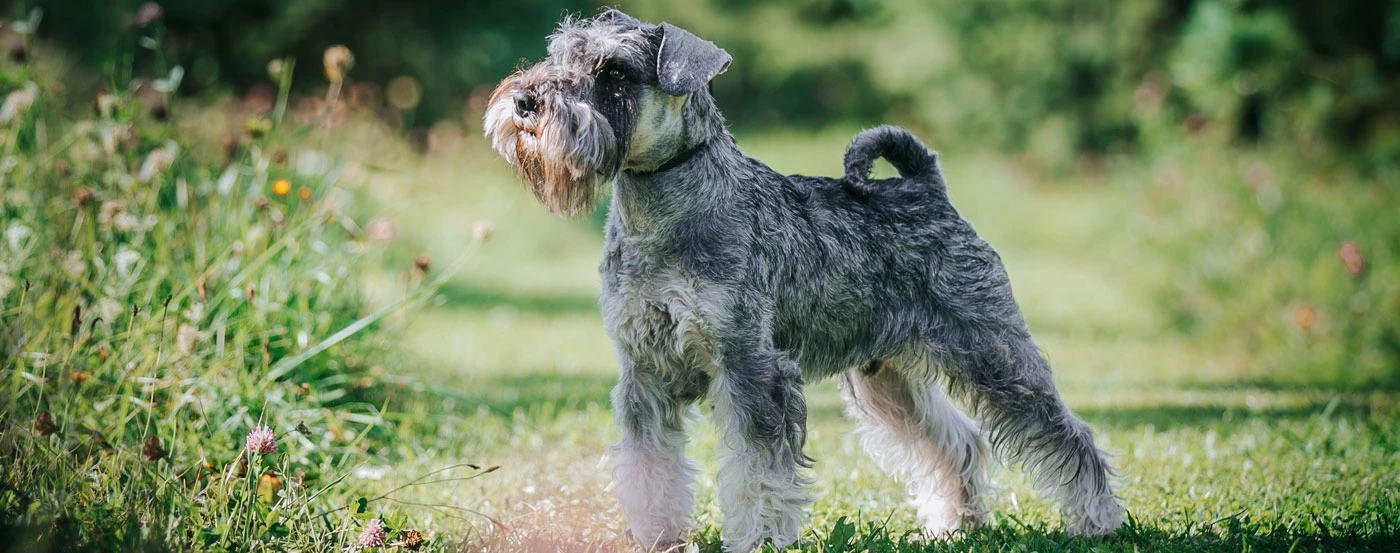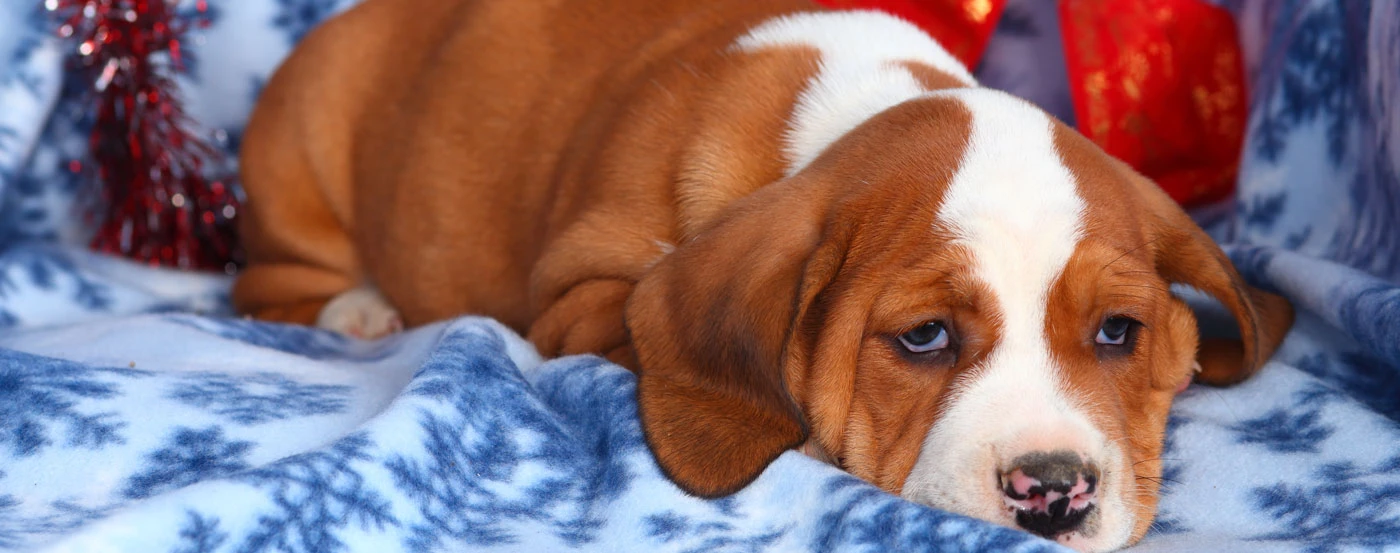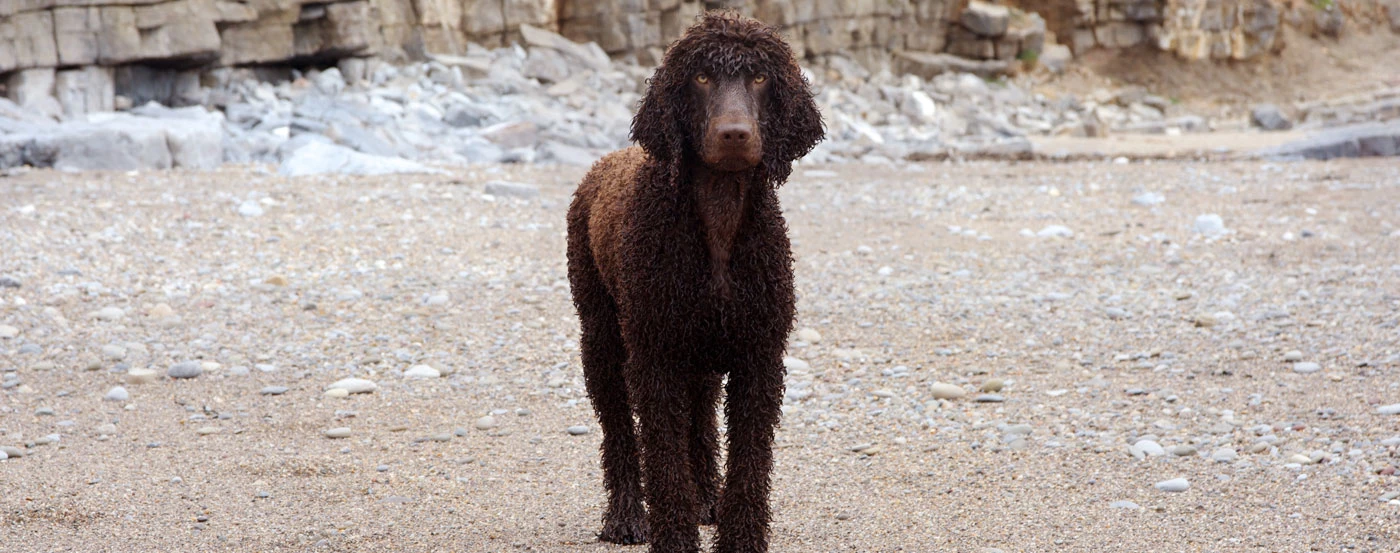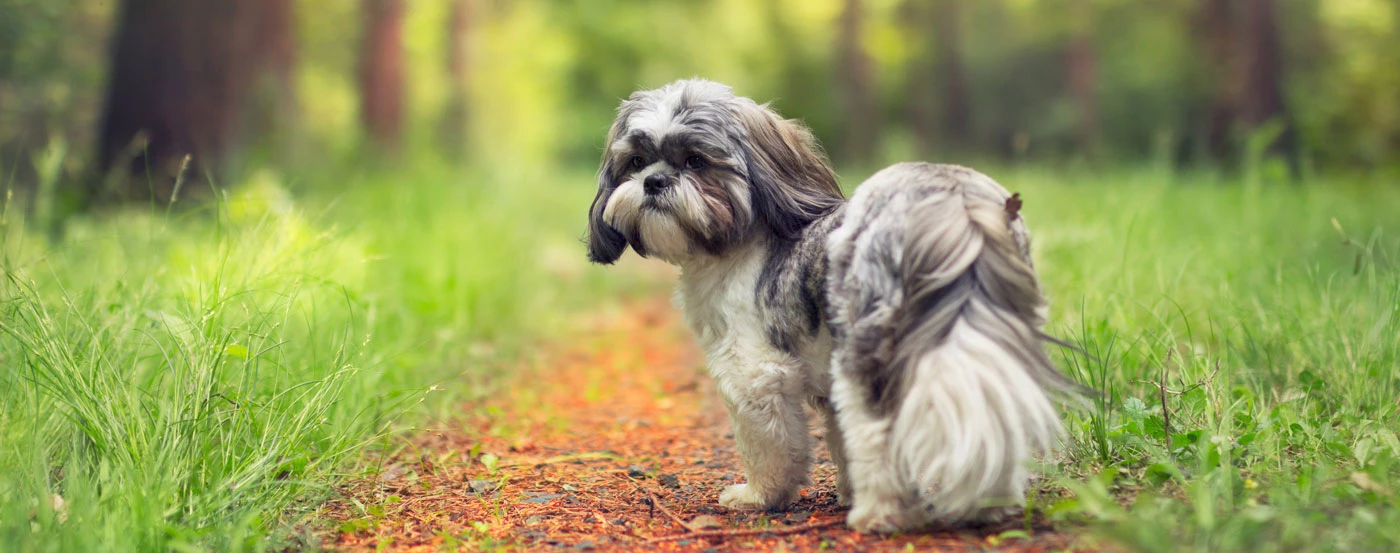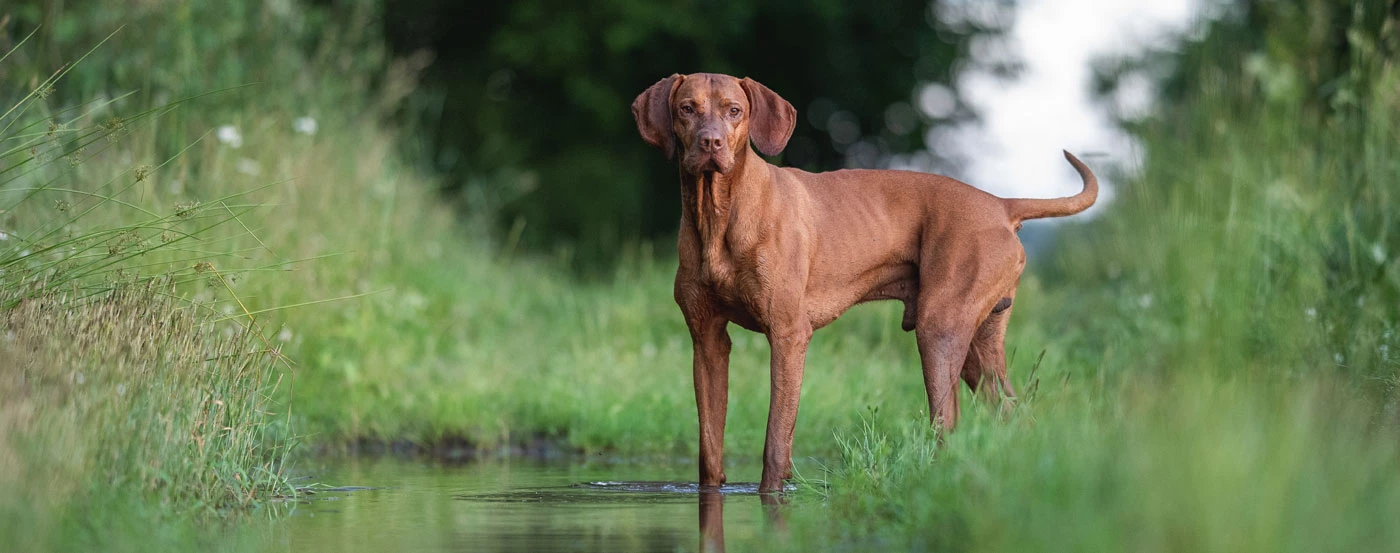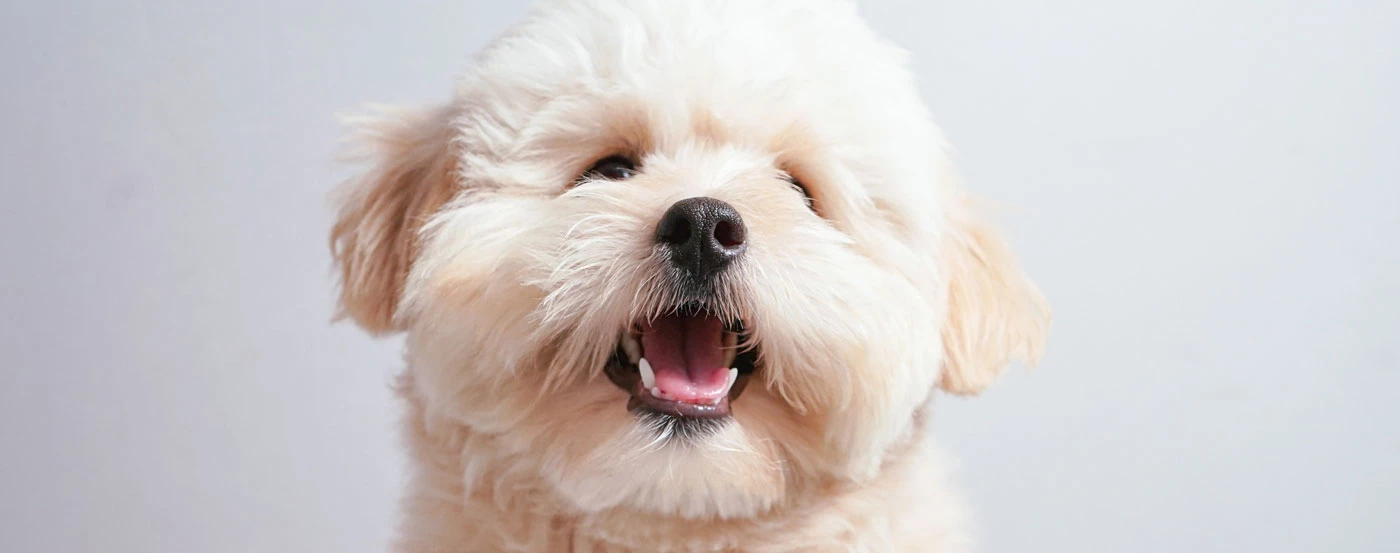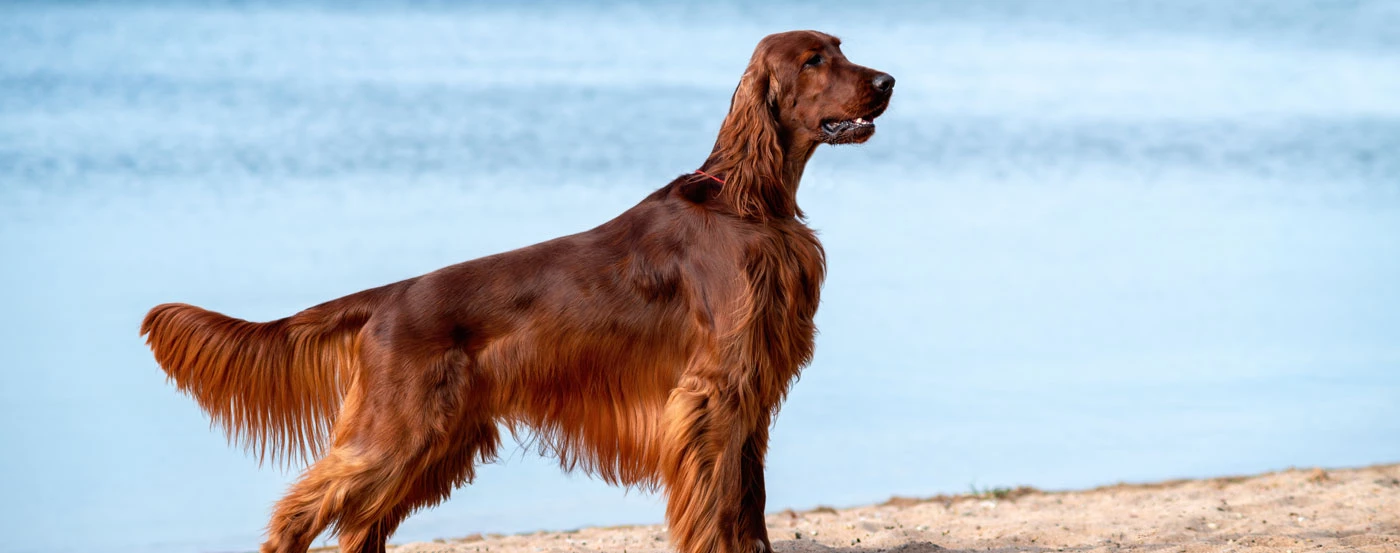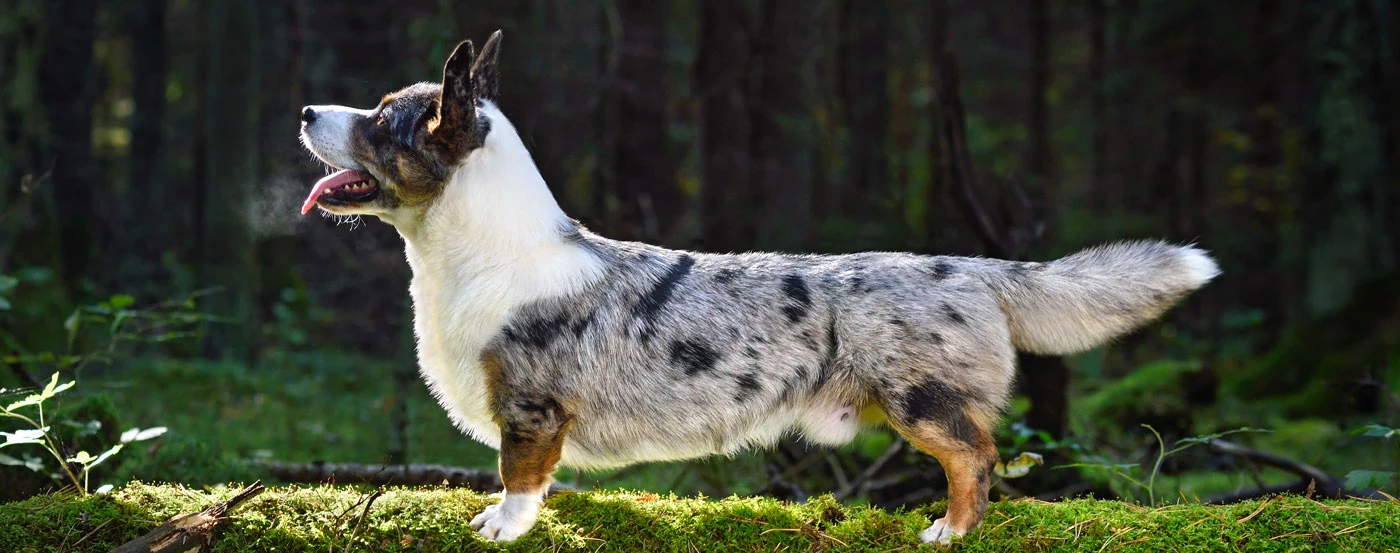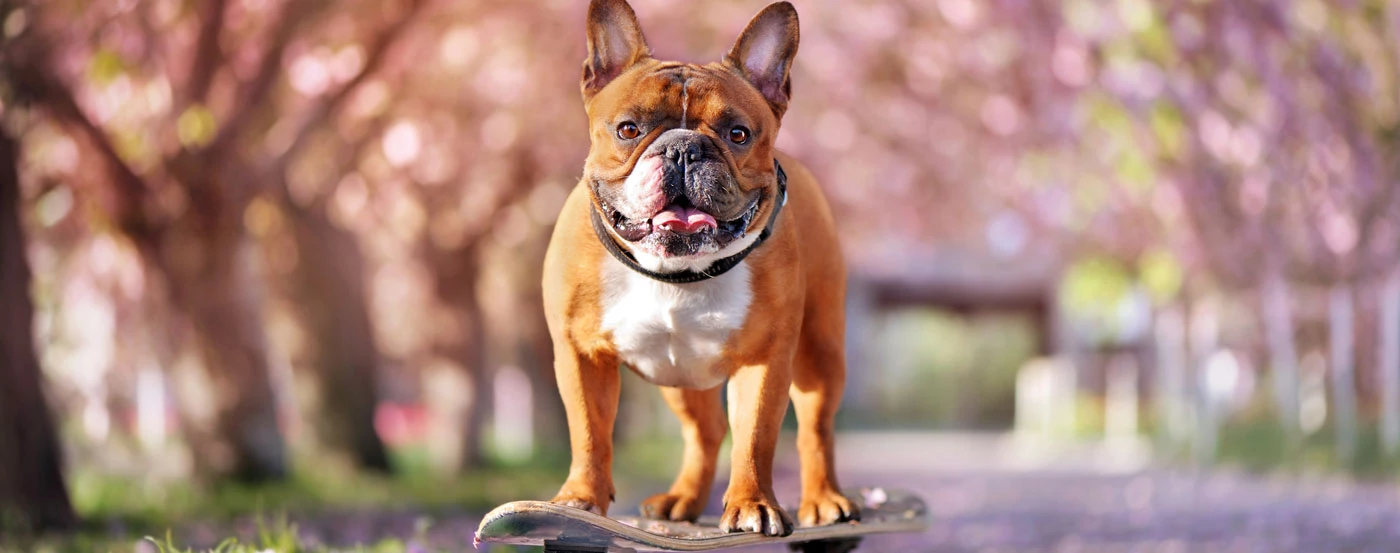About the Chinese Shar-Pei
With their loose, wrinkled skin and long curly tails, the Shar-Pei is an instantly recognisable breed. If you're thinking of bringing one of these unique pooches into your family, this Chinese Shar-Pei dog breed guide is for you!
With advice on grooming, training, and feeding, this guide contains everything new Shar-Pei owners need to know! To find out more, read along as we take a detailed look at this quirky breed.
Chinese Shar-Pei Gallery
What is the history & origin of the Chinese Shar-Pei?
Native to the southern provinces of China, the Shar-Pei breed dates back to the Han Dynasty - more than 2,000 years ago. It's believed to have been a peasant's dog, expected to be a versatile companion.
Chinese farmers would use these sturdy and intelligent dogs as herders, hunters, and protectors of livestock against rustlers and predators.
Following the establishment of the People's Republic of China in 1949, dog ownership became frowned upon. and almost the entire canine population was wiped out. However, a few Shar-Peis were still bred in Taiwan and Hong Kong.
If it wasn't for the work of one Hong Kong breeder, Matgo Law, this breed could have become extinct. Thanks to his efforts, a small group of these dogs was taken to the US in 1973, where the enthusiastic response from breed fanciers ensured the survival of the breed.
The Chinese Shar-Pei Club of America was formed in 1974, and the breed was given official recognition by the American Kennel Club in 1992.
Who are Chinese Shar-Pei dogs best for?
Because the Shar-Pei is an independent breed, it's better suited to families with older children who understand how to treat the dog with respect. This breed can comfortably live in the country or the city, and it can adapt to apartment living as long as daily exercise is provided.
Although a big backyard isn't essential, the dog will need to get outside every day to stretch its legs. Generally, the Shar-Pei is happy to just hang out with its humans, wherever they may be.
How much grooming does a Chinese Shar-Pei need?
The wrinkly skin and bristly coat are quintessential Shar-Pei features. The coat stands up on its end, and the length can vary, ranging from a very short "horse" coat to a longer "brush" coat.
The Shar-Pei is a naturally clean canine that doesn't have the typical odour, so only one good brushing session will be needed each week. Using a grooming mitt or a rubber curry comb is usually enough to remove dirt and loose, dead hair.
Bathing should be restricted to once every few months because the skin tends to get easily irritated. Bathing and brushing are the straightforward parts of grooming this dog! The challenging but vital part is ensuring that the coat is kept dry.
If any moisture is left between the skin folds, yeast or fungal infections can form. These skin problems can be lifelong issues and can cause great discomfort to the dog. The folds of the skin will need to be cleaned thoroughly and regularly.
You'll also need to ensure the folds stay dry at all times as well. You can do this by wiping them gently but vigorously with a dry towel to remove any moisture.
Do Chinese Shar-Pei bark much?
This breed is known for being an excessive barker! This is because of their history as herders and livestock guardians, where barking is needed to ward off predators and intruders.
They are very suspicious of other dogs and strangers, and although they're generally calm, they will meet potential threats with vigour and tenacity! Although you won't be able to eliminate all barking, obedience training can help prevent excessive vocalness.
Do Chinese Shar-Pei bite?
Early socialisation and training are vital because when it comes to this breed, a dominant adult dog without basic training could lead to serious problems.
When they're well socialised and given lots of positive experiences in unfamiliar surroundings, this Chinese dog breed is loving and affectionate. Although mouthing is common and normal in puppies, never allow this behaviour to continue into adulthood.
Like many other dogs, positive reinforcement techniques are effective in preventing biting and ensuring that your dog grows up into a happy and well-balanced adult.
What is the temperament & personality of a Chinese Shar-Pei?
The Shar-Pei temperament is independent and alert. They are extremely devoted to their families but are very standoffish with those that they don't know. It's said that these dogs prefer the company of humans to other dogs, and they like being with their owners at all times.
A serene and confident dog, it seems to have a very intuitive understanding of its human. Although they are devoted, these dogs are also strong-willed and free-spirited. They are protective of their families and will respond to any perceived threats.
What is the weight & size of a Chinese Shar-Pei?
An adult Shar-Pei typically measures 46-51 cm at the shoulder and weighs around 18-30 kg, with males and females being roughly the same size.
How much training does a Chinese Shar-Pei need?
These dogs have a naturally stubborn nature, but they do learn quickly when they're well-motivated - food does a very good job of motivating this breed!
As long as you assert yourself as the pack leader and don't give your dog an inch, you'll end up with a well-behaved pooch that wants to please!
What are some of the most common health issues for a Chinese Shar-Pei?
Shar-Peis are predisposed to certain health issues, particularly skin conditions. Although not all of these dogs will suffer from all or any of these conditions, owners need to be aware of them. These conditions include:
Shar-Pei fever: This is also known as swollen hock syndrome. It's characterised by swelling in one or both hocks, resulting in the dog not wanting to move. Other symptoms include vomiting, abdominal pain, shallow breathing, and diarrhoea.
Hypothyroidism: This is an abnormality in the thyroid gland. It's believed to be the cause of conditions like alopecia, epilepsy, lethargy, obesity, pyoderma, and other skin problems. The treatment is usually diet changes and medication.
Seborrhea: This condition is characterised by a foul odour and flaky skin. It's usually a secondary condition to infection, allergy, or another disease. Treatment includes medicated shampoo and treating the underlying condition.
OCD - Osteochondrosis Dissecans: This is an orthopaedic condition with the cause being improper cartilage growth in the joints, usually in the elbows. It causes painful stiffness in the joint, and the dog may not be able to bend the elbow. This condition can be detected as early as 4-9 months. Overfeeding of high-protein food or "growth formula" puppy food may cause the development of this condition.
Entropion: This condition is where the eyelid, usually the lower one, rolls inwards. It happens in both eyes and causes irritation and vision loss, usually happening before the dog is 12 months old. Treatment is usually corrective surgery once the dog becomes an adult.
Other conditions to look out for include hip and elbow dysplasia, glaucoma, and bloat. These health concerns can be reduced by buying a Shar-Pei puppy from a responsible and reputable breeder. A good breeder will always screen their breeding dogs for common conditions.
What is the lifespan of a Chinese Shar-Pei?
Like many medium to large dog breeds, the Sharpei has a life expectancy of 8-12 years.
How much should you feed a Chinese Shar-Pei?
Fresh, clean water should be available for your dog at all times, and a balanced diet should be provided. This breed is prone to bloat, which can be life-threatening and requires immediate medical attention. To prevent this, feed your pooch smaller meals at regular times and limit exercise after eating.
What is the price of a Chinese Shar-Pei in Australia?
Shar-Pei puppies bought from a reputable breeder could cost around $1,000-$1,500, while a show-quality puppy could cost as much as $2,500. The price depends on the pedigree, the breeder's location, and the age of the puppy.
Pros
- Distinctive looking
- Adaptable to apartments
- Loyal, protective guard dog
Cons
- Sensitive skin
- May be difficult to train
- Not an intensive exercise partner
